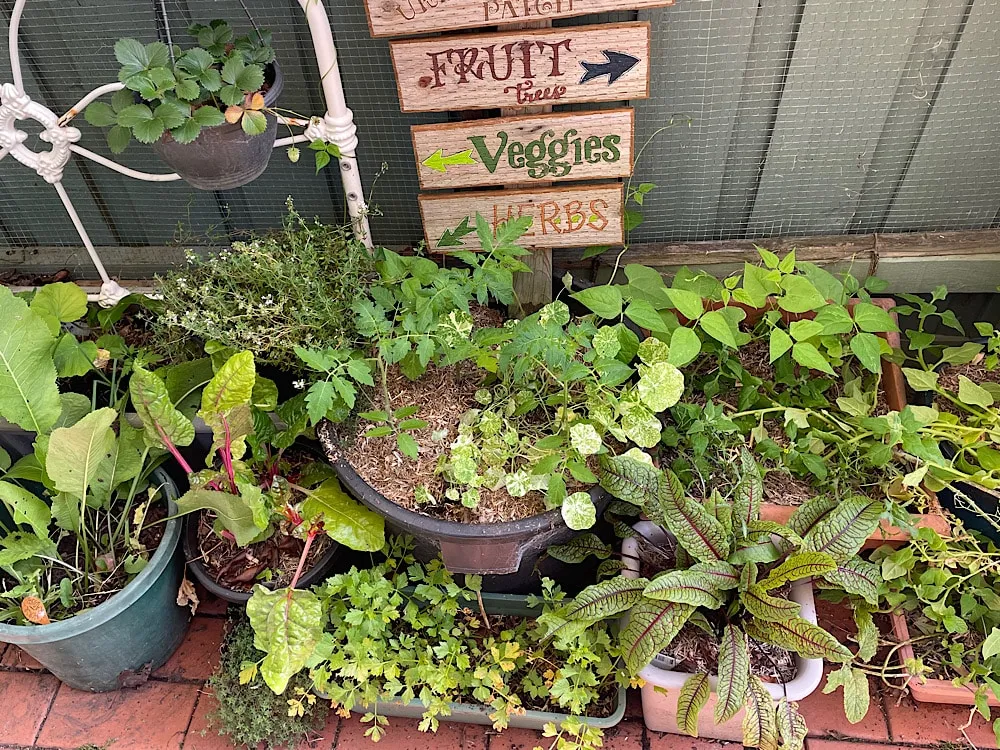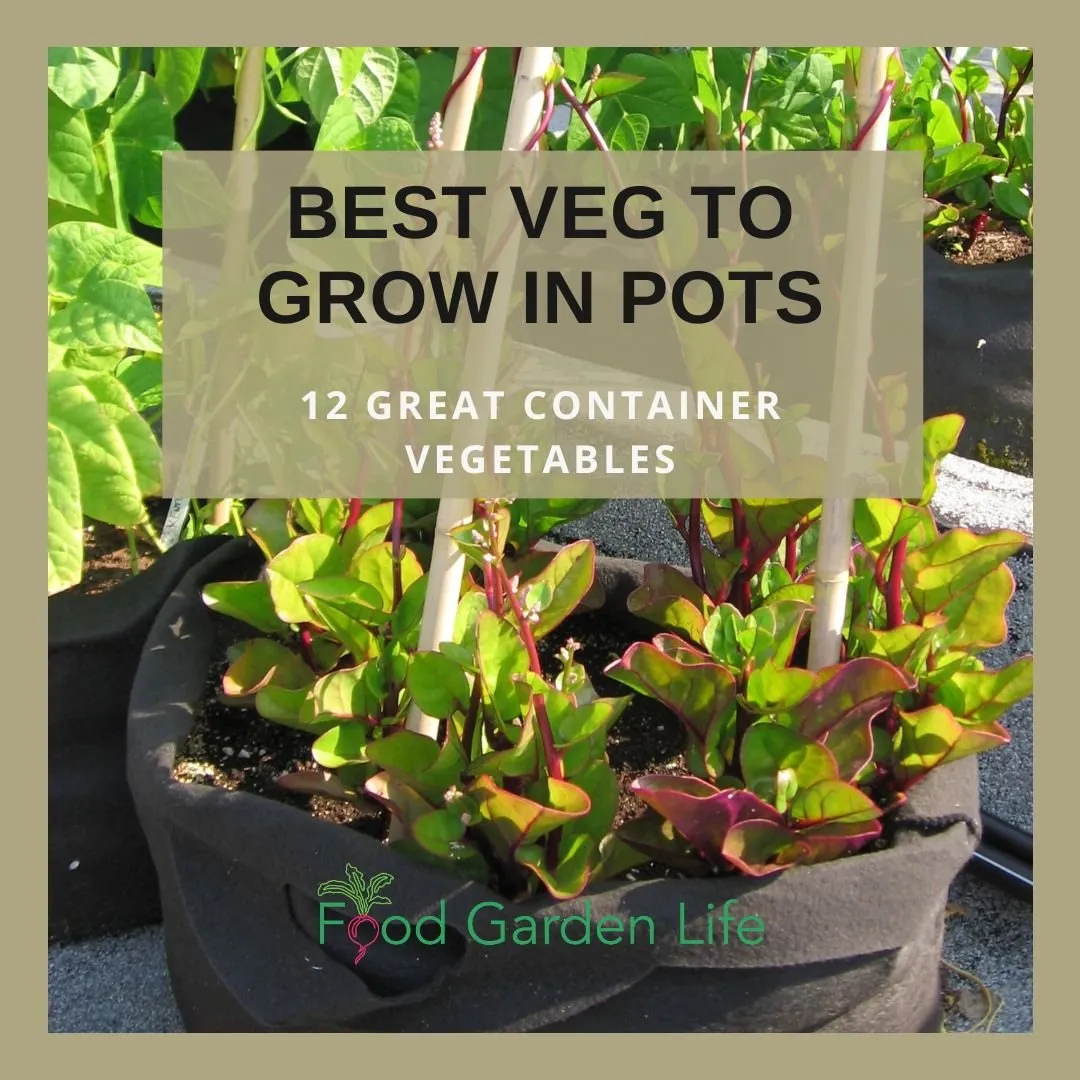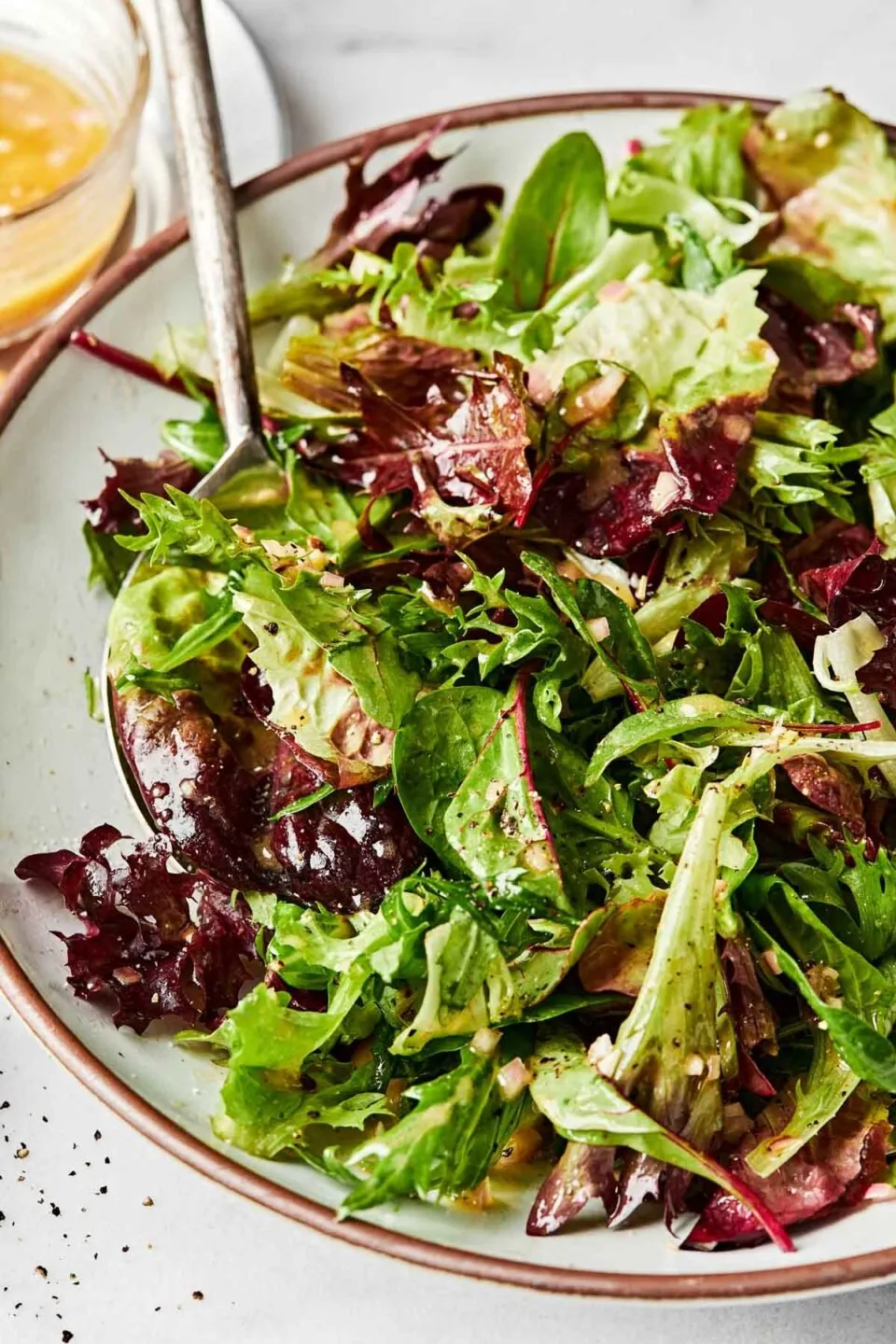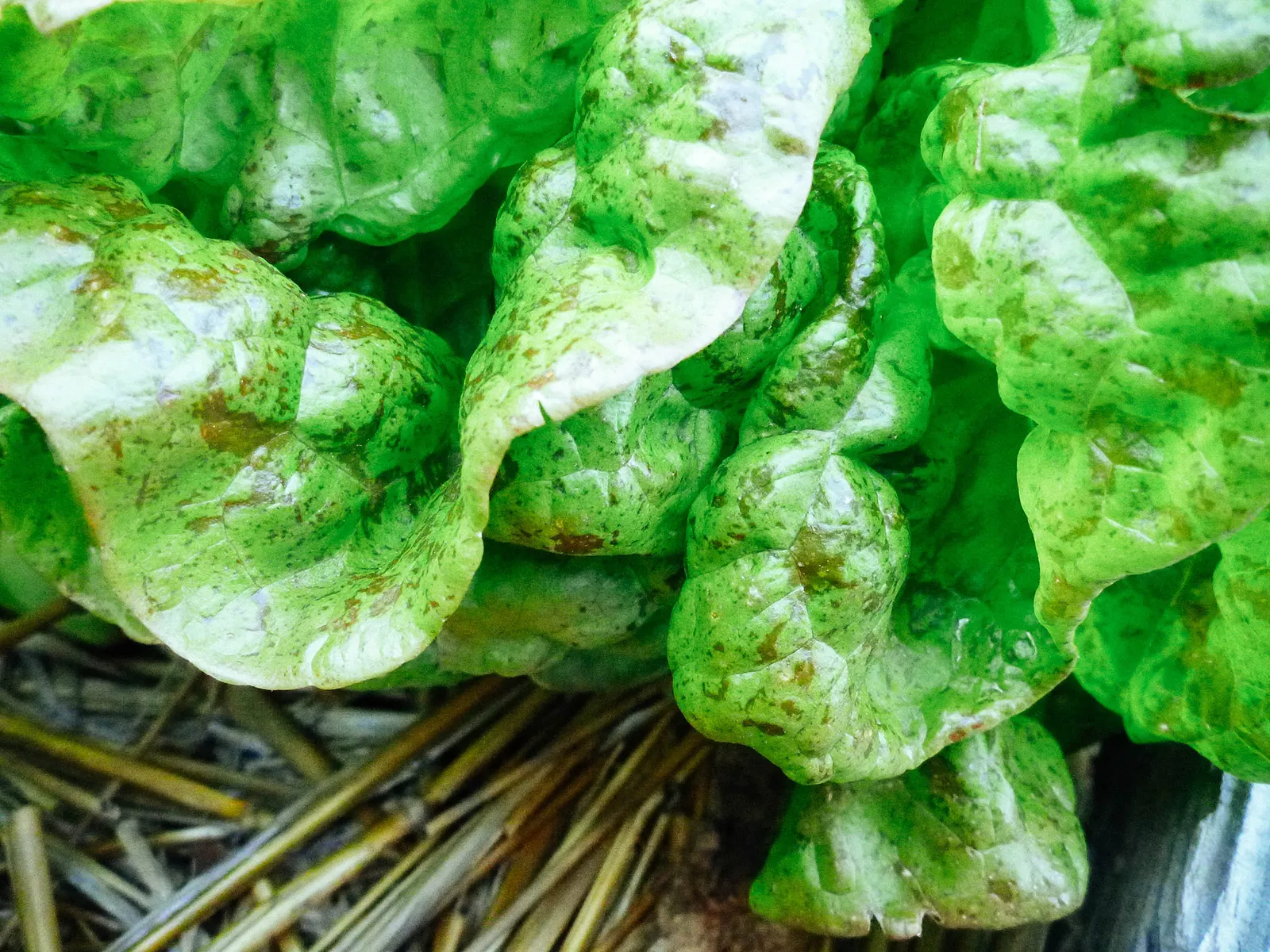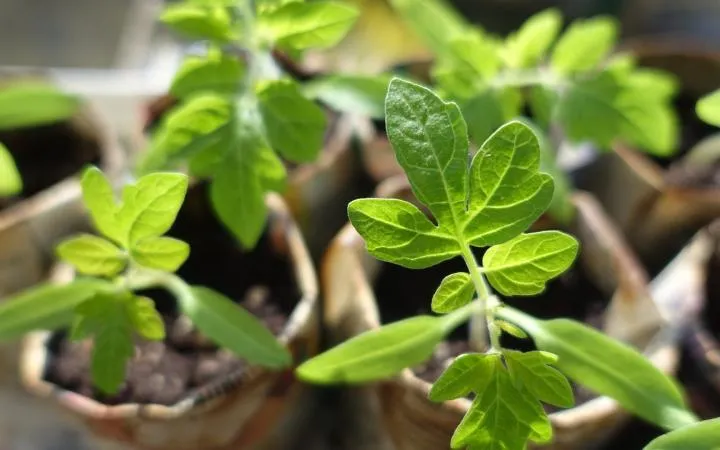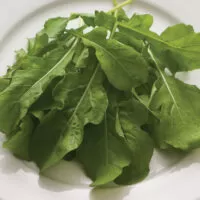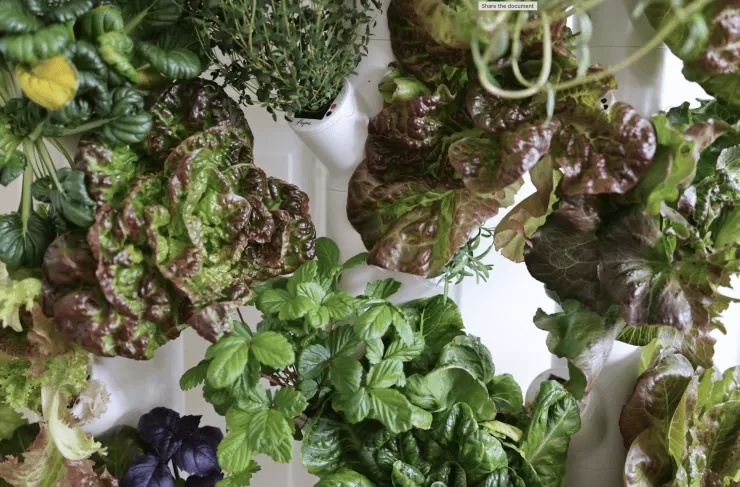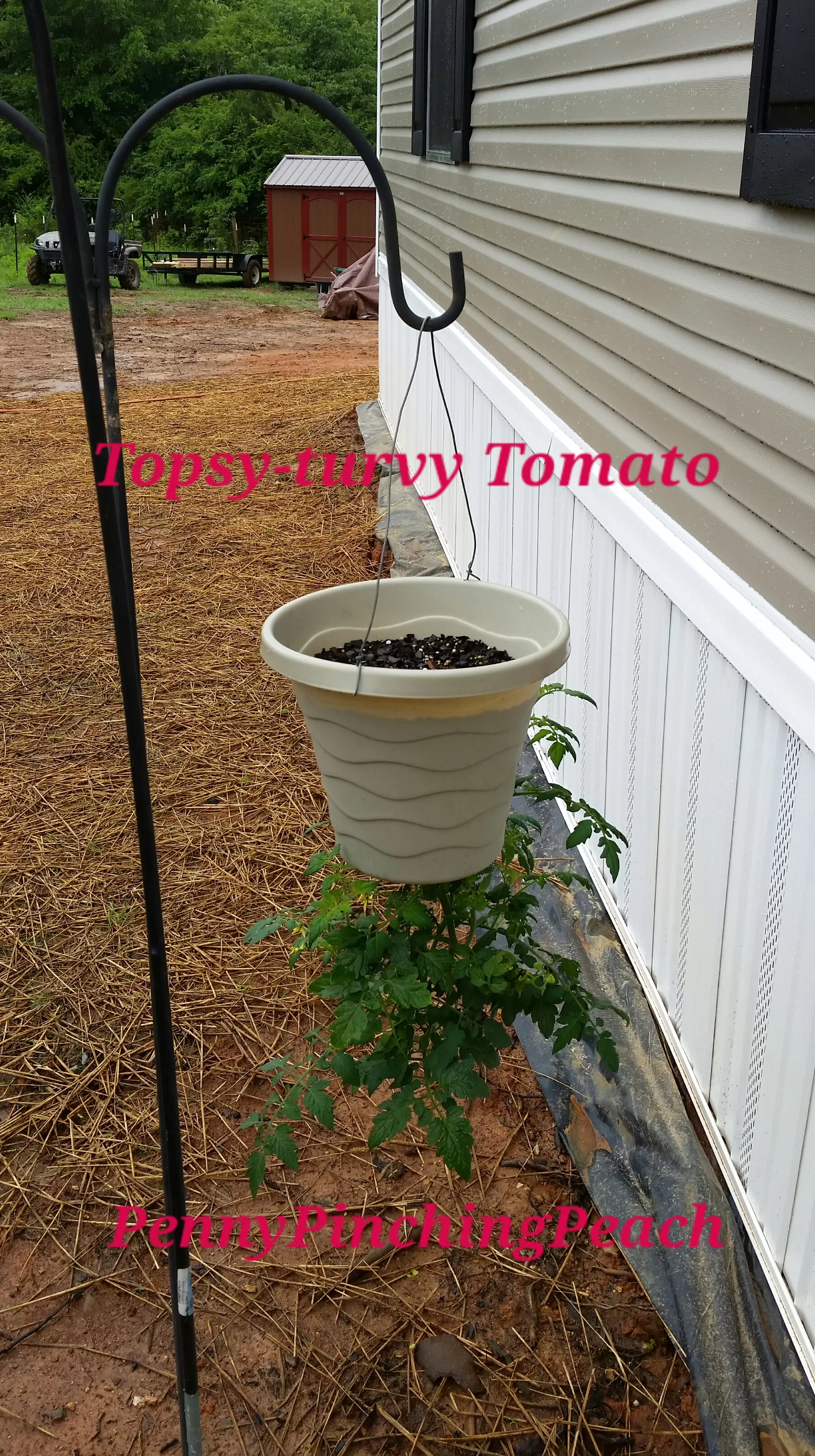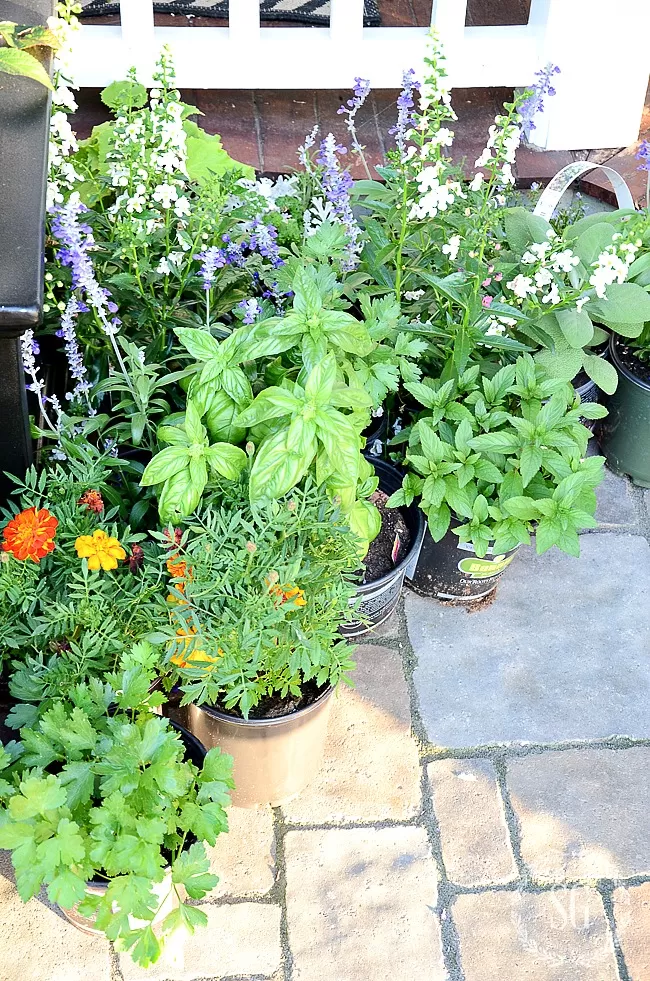- June marks a key transition for many tropical plants started indoors, like ginger and turmeric.
- Container planting is ideal for these warmth-loving crops, allowing portability and control.
- Success hinges on providing warmth, consistent moisture (but not waterlogging), and the right soil mix.
- With proper care in June and throughout summer, you can enjoy a unique homegrown harvest.
June arrives, and for many gardeners, it signals the true start of the outdoor growing season! If you’re dreaming of cultivating something a little exotic, like fresh ginger or vibrant turmeric, June container planting (or rather, tending your container plants in June) is where the magic really happens. These tropical beauties thrive in the warmth and humidity that June often brings, especially when given the perfect home in a pot. Let’s dive into how to make your containers burst with life this summer.
Contents
- Why Containers are Perfect for Ginger and Turmeric in June
- Getting Your Tropicals Settled for Summer
- Choosing the Right Container and Soil
- Essential June Care: Water, Light, and Food
- Common Problems & Tips
- Harvesting Your Homegrown Treasure
- Plant Profiles
- Ginger
- Turmeric
- Wrapping Up Your June Container Adventure
Why Containers are Perfect for Ginger and Turmeric in June
Growing tropical plants like ginger and turmeric in climates with shorter summers presents a unique challenge. They need a long, warm season – often 8-10 months – to reach maturity. This is where containers shine, particularly in June.
Containers offer incredible flexibility. If you, like many northern gardeners, started your ginger or turmeric indoors back in late winter or early spring to get a head start, June is typically the month they’re ready to transition outside. The portability of containers means you can easily move them to capture the best sun, protect them from unexpected chilly nights, or bring them indoors later in the season if needed. They also allow you to create the ideal soil conditions that these plants crave.
 Harvested ginger rhizomes spread out on a cloth
Harvested ginger rhizomes spread out on a cloth
Getting Your Tropicals Settled for Summer
If your ginger or turmeric started its life on a heat mat indoors, June is the time it should be well-sprouted and ready for its summer location. By now, you should see strong shoots emerging from the rhizomes you planted.
Sprouting often takes a few weeks, and giving the rhizomes a good soak before planting can really speed things up. I found that soaking them for a couple of days in a dark, warm spot worked wonders, leading to sprouts in just over a week!
 Ginger rhizomes soaking in a container next to a tray with soil
Ginger rhizomes soaking in a container next to a tray with soil
Once sprouted, they need warmth. They love temperatures upwards of 75°F (24°C). If your nights in June are consistently warm, they can move to their outdoor spot. If not, keeping them somewhere warm, perhaps even still on a heat mat until nighttime temperatures are reliably high, is beneficial.
Choosing the Right Container and Soil
When selecting a container for your June planting (or for potting up your started plants), think wide rather than deep. Ginger and turmeric rhizomes grow horizontally, spreading outwards just below the soil surface. A pot that gives them room to roam sideways will yield a better harvest. Six-gallon containers worked well for me, but any wide planter will do. Ensure it has excellent drainage holes!
The soil medium is crucial. These tropicals need well-draining soil that retains moisture but never becomes waterlogged. A mix of compost and coconut coir proved to be an excellent, moisture-retentive yet free-draining combination. My initial choice of this mix was pure luck, but it turns out to be a preferred medium for container-grown ginger!
Ginger and turmeric plants thriving in containers on a patio, enjoying the summer warmth.
Essential June Care: Water, Light, and Food
As the weather heats up in June, providing consistent moisture is key. Ginger and turmeric are tropical plants, meaning they are accustomed to high humidity and ample rainfall. Do not let the soil dry out completely, but also avoid letting the containers sit in standing water. Good drainage is your best friend here. A layer of mulch on top can help retain soil moisture.
While they are tropical, they can be sensitive to the most intense afternoon sun, especially in hot climates. Partial shade during the hottest part of the day can prevent leaf scorch and keep the plants happy. My deck gets partial shade in the height of summer, and the plants didn’t mind it at all.
Feeding your plants is also important for robust growth. The original compost in your soil mix provides nutrients, but supplementing with a liquid fertilizer like compost tea about once a week or every other week during the peak growing season in June and July will give them an extra boost.
 Close-up of ginger sprouts emerging from a 1020 tray
Close-up of ginger sprouts emerging from a 1020 tray
Common Problems & Tips
- Yellowing Leaves: Can indicate overwatering (poor drainage) or underwatering. Check soil moisture and drainage.
- Pests: While generally resilient, watch for common container garden pests like spider mites, especially in dry conditions. Ensure good air circulation.
- Disease: Using organic seed ginger reduces risk. If using store-bought, container growing helps isolate potential soil-borne diseases.
- Cold Snaps: If June brings unexpectedly cool nights, move containers to a sheltered spot or indoors temporarily.
Harvesting Your Homegrown Treasure
One of the joys of growing ginger and turmeric is that you don’t have to wait for full maturity to enjoy them. You can gently dig around the base of the plant in late summer and harvest small pieces of “young” ginger or turmeric. This young rhizome is incredibly tender and doesn’t even need peeling!
If you started early (like late winter) and provided good care throughout the summer and into early fall, you might get a more mature harvest after 8-10 months. For me in a short season climate, harvesting in September/October meant getting beautiful young ginger – a true treat!
 Hand holding a newly harvested piece of young ginger
Hand holding a newly harvested piece of young ginger
Plant Profiles
Ginger
- Scientific Name: Zingiber officinale
- Common Name: Ginger
- Zone: Typically grown as an annual outside Zone 7/8; requires tropical/subtropical conditions or indoor starting/overwintering.
- Light: Full sun to partial shade (partial shade best in hot summer afternoons).
- Humidity: High.
- Water: Consistent moisture, but well-draining. Avoid drying out or waterlogging.
Turmeric
- Scientific Name: Curcuma longa
- Common Name: Turmeric
- Zone: Typically grown as an annual outside Zone 7/8; requires tropical/subtropical conditions or indoor starting/overwintering.
- Light: Full sun to partial shade (partial shade best in hot summer afternoons).
- Humidity: High.
- Water: Consistent moisture, but well-draining. Avoid drying out or waterlogging.
Wrapping Up Your June Container Adventure
Starting ginger or turmeric, often indoors, and nurturing them through their transition to outdoor containers in June is a rewarding process. It connects you to the tropical world right on your patio or balcony. Providing the right container, soil, moisture, and warmth in June sets the stage for a season of lush growth and, ultimately, a unique homegrown harvest.
Give container-grown ginger or turmeric a try this June! Have you grown tropicals in containers before? Share your experiences or ask your questions below. Happy planting from The Little Garden!


